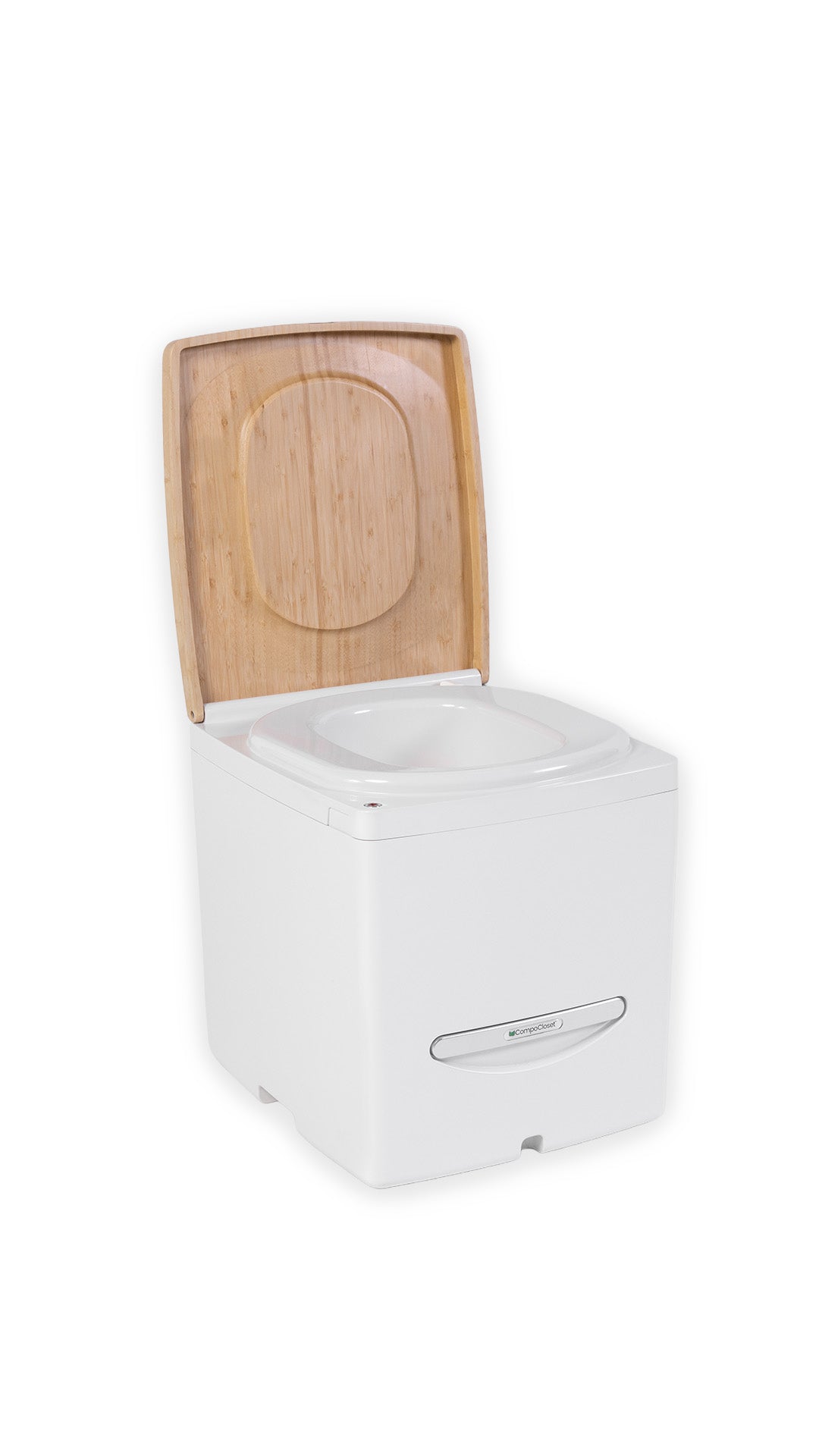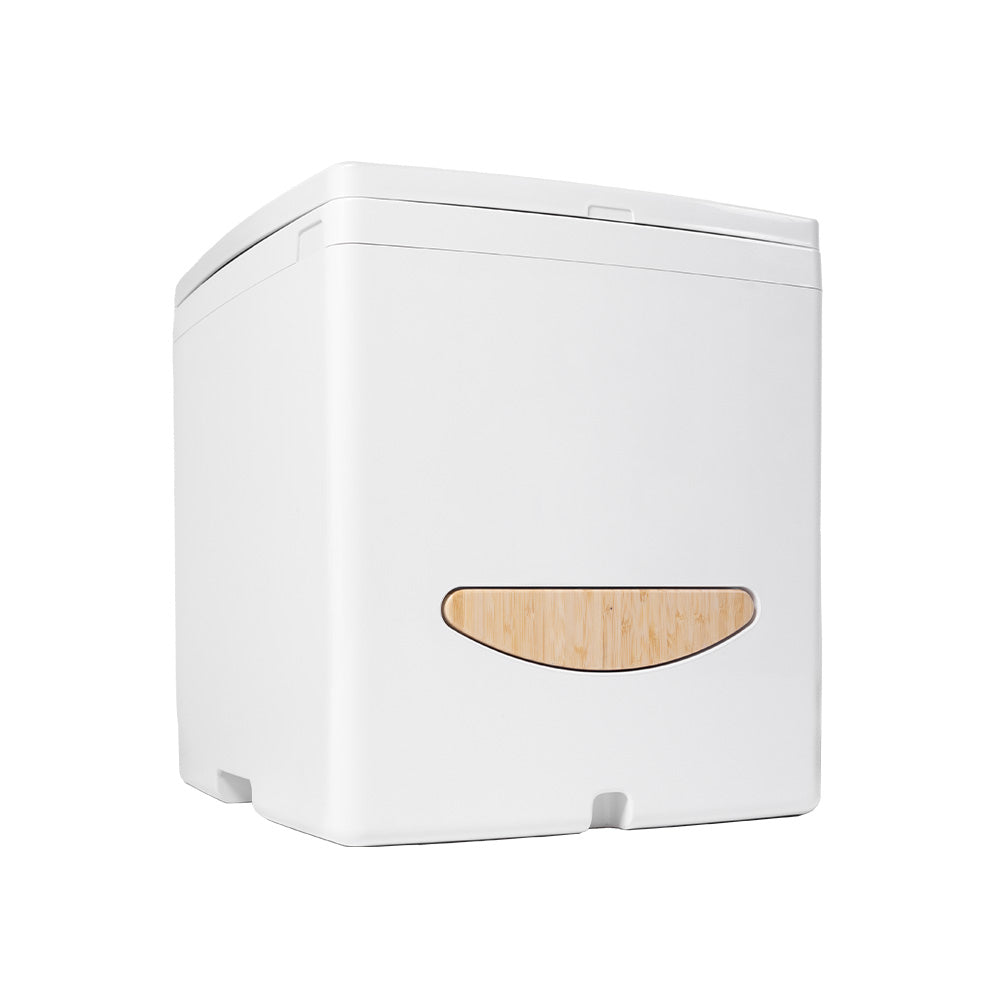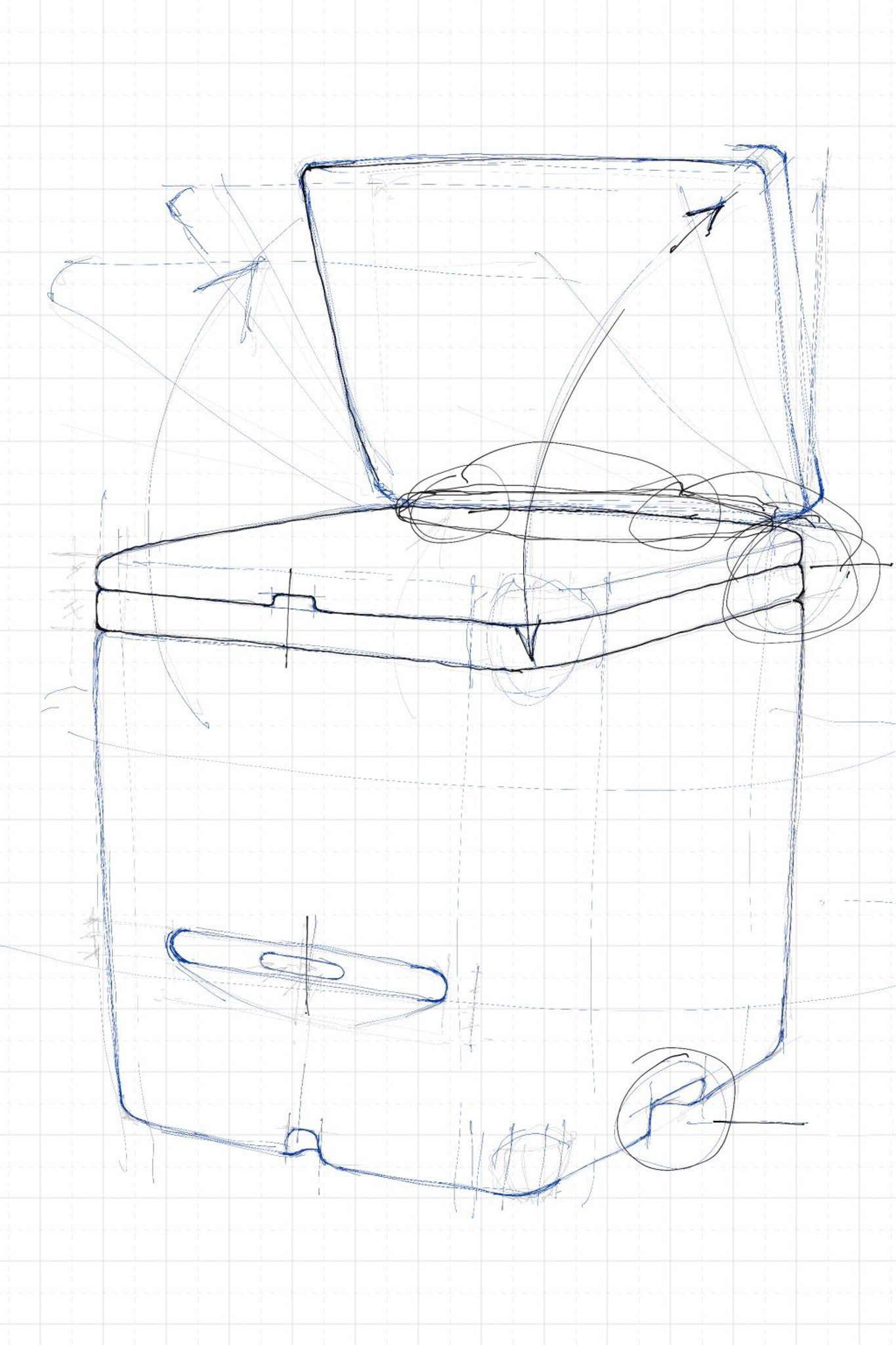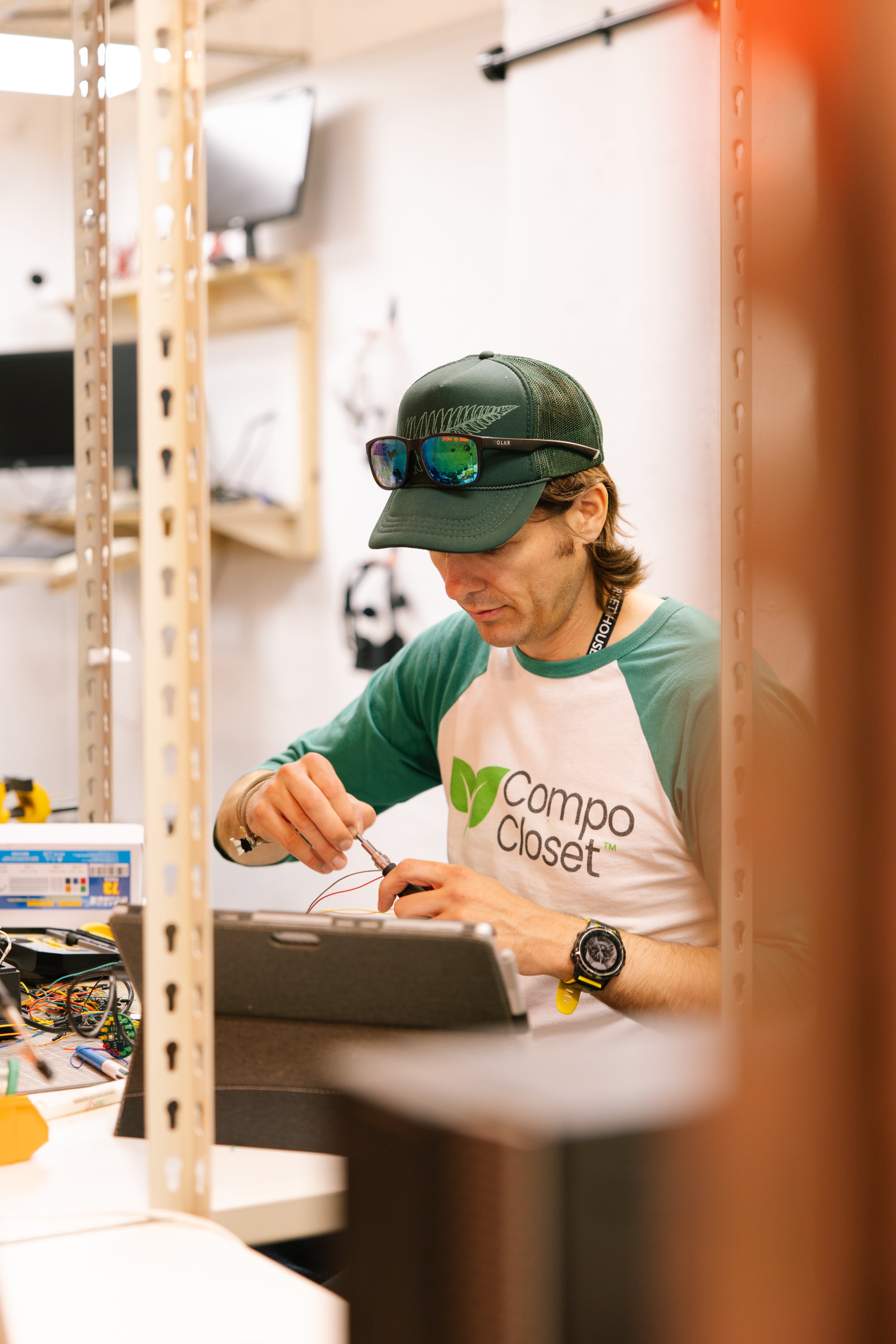Our Portable Toilets
AT A GLANCE

How Composting Toilets Work
Composting toilets (like Cuddy) use natural processes to break down waste without water. Liquids and solids are kept separate: urine goes into a bottle, while solids mix with a natural bulking agent and begin to compost. An agitator helps keep things odor-free and easy to empty. Perfect for vans, boats, cabins, and tiny homes.

How Dry Flush Sealing Toilets Work
Dry flush toilets (like the S1) don’t compost. instead, each use is automatically sealed in a bag, locking away odors. Urine is diverted separately, and sealed packs are removed when full. Quick, hygienic, and low-maintenance, ideal for travel or when you want simple, mess-free waste management.
#COMPOCLOSET ON INSTAGRAM


Our Mission
At CompoCloset, our mission is simple:
Better Toilets for People & The Planet
Why not the best? Because even the best can always do better - and we're never going to stop innovating
We believe composting toilets are superior to chemical toilets in terms of user experience, safety and the environment.

The Set Up? Easy
Got a drawer, bench, or bathroom in your space? Great! The hard part’s done.
Don't worry, if you need any help or advice, we've got your back! Check out our How-To section or email us your questions.
RESOURCES























